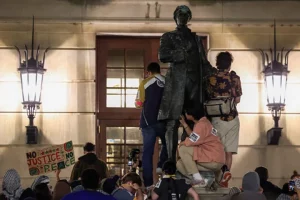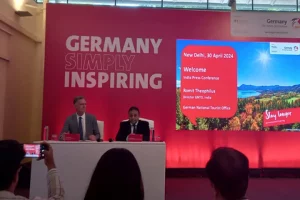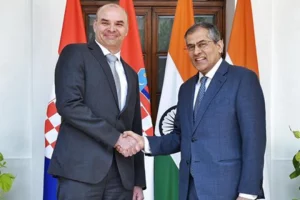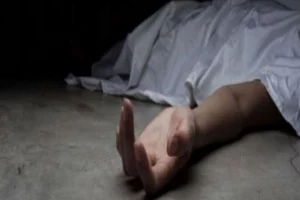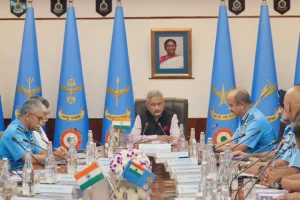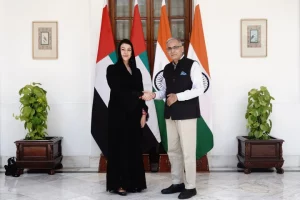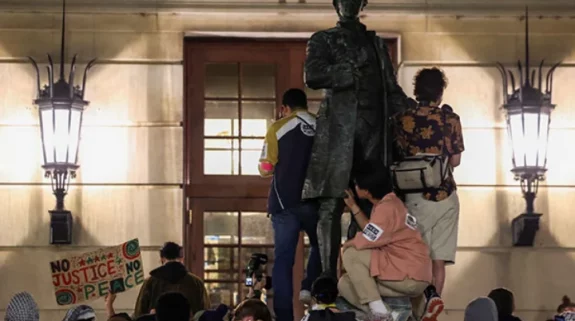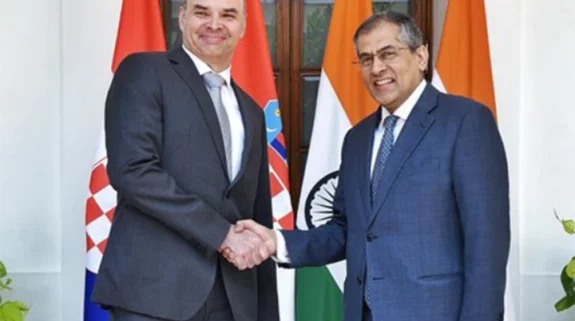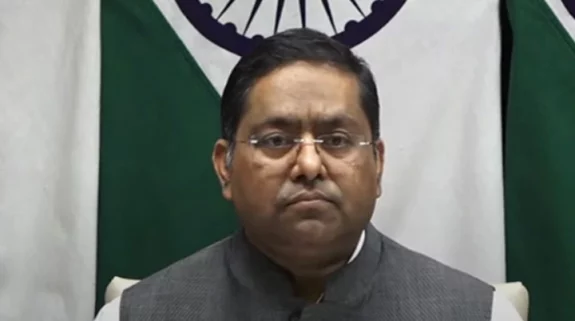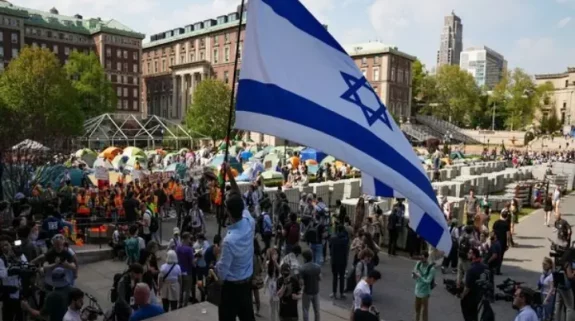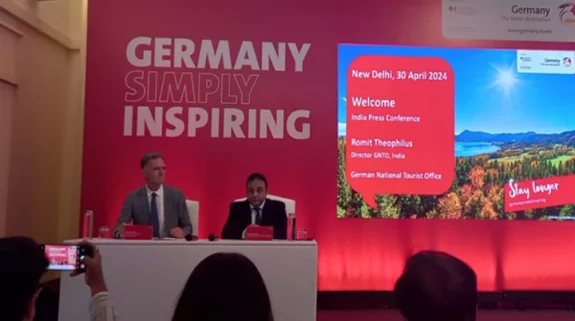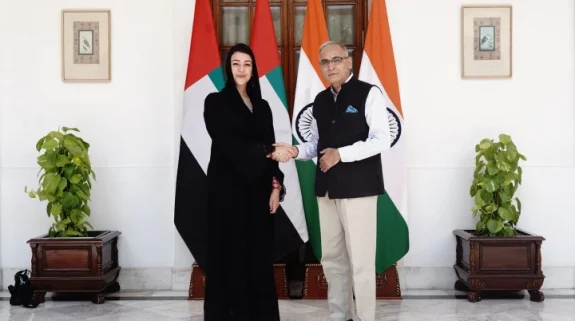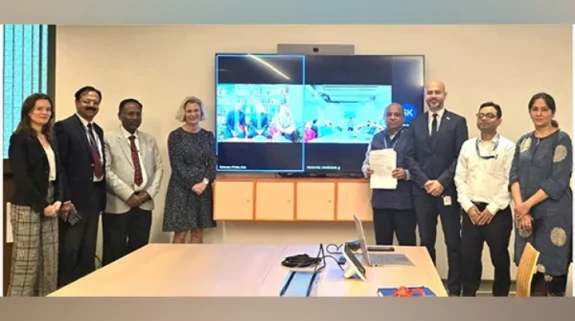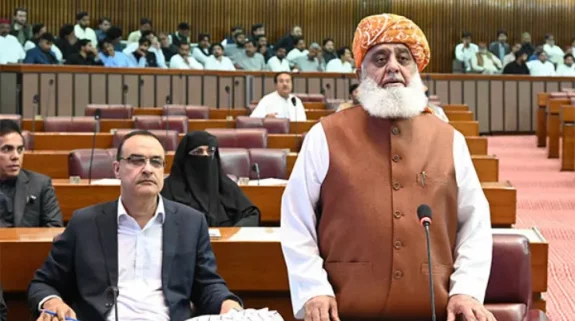Nepal foreign minister Pradeep Kumar Gyawali will visit India later this month to meet his Indian counterpart S Jaishankar in a bid to restore bilateral relations between the two nations. Gyawali's visit follows trips by three senior Indian officials, including Foreign Secretary Harsh Vardhan Shringla, to Kathmandu to reset ties hit by border controversies.
Gyawali will be the first Nepalese leader to visit India in 2020 after months of downward spiral in bilateral relations owing to a border row in which Nepal showed Uttarakhand parts as part of its territory. The ball was set rolling by Nepalese Prime Minister KP Sharma Oli, after he greeted Prime minister Narendra Modi over the phone on India's Independence Day.
Gyawali’s visit will take forward the agenda that Shringla’s visit had set in Kathmandu. The Nepalese minister will meet his Indian counterpart S Jaishankar and will chair a meeting of the India-Nepal Joint Commission. He is also expected to hold discussions on a wide range of issues including development projects, rail services, trade and transit as well as water resources.
<img class="wp-image-34637 size-full" src="https://indianarrative.com/wp-content/uploads/2020/12/IndiaNepalShringlaBidyaDevi.jpg" alt="IndiaNepalShringlaBidyaDevi" width="797" height="620" /> Indian foreign Secretary Harsh Vardhan Shringla with Nepal President Bidya Devi BhandariConsiderable movement is happening from both sides to repair the relationship. India feels that China has used Nepal to harm India, while Nepal has been drawing attention towards unresolved territorial issues in Uttarakhand—Kalapani, Lipulekh and Limpiadhura.
Mahendra P Lama, a senior professor in JNU, currently leading a team to prepare North East Region Vision 2035 as part of NITI Aayog, says that there is no comparison between India-Nepal relations to that of Nepal-China relations. "Historically, politically, culturally and geographically, the two nations and its people are linked since times immemorial. Historically, Nepal's relations with China had been through Tibet only."
He points out that India and Nepal relations are special. "Shringla's visit was taken very well in Nepal. There were positive remarks and responses from the entire political and civil society spectrum in Kathmandu on his visit."
While in Nepal, Shringla spoke in fluent Nepali on many occasions.
<img class="wp-image-34635 size-full" src="https://indianarrative.com/wp-content/uploads/2020/12/IndiaNepalShringlaOli.jpg" alt="IndiaNepalShringlaOli" width="797" height="622" /> Indian Foreign Secretary Harsh Vardhan Shringla with Nepal Prime Minister KP Sharma OliAddressing the Asian Institute of Diplomacy and International Affairs (AIDIA) in Kathmandu on November 27, Shringla brought out the parallels between the two nations: "Our aspiration of ‘Sabka Saath, Sabka Vikas, Sabka Vishwas’ and your goal of ‘Samriddh Nepal, Sukhi Nepali’ are entirely compatible. In my meetings here in Kathmandu, with the President and the Prime Minister of Nepal, the Foreign Minister, and my counterpart, the Foreign Secretary, and other dignitaries and officials, I have been left with no doubt that our countries are on the same page and share the same vision. I must acknowledge here that the welcome that my delegation and I have received. It has been moving and memorable."
Within two days after Shringla's successful trip, Chinese Defence Minister and State Councillor Wei Fenghe arrived in Kathmandu. Over the years, Beijing has assiduously cultivated the Himalayan country and stepped into India's place. In fact, the Chinese ambassador in Kathmandu, Hou Yanqi, has stirred controversy for intruding into Nepal’s internal affairs by meddling in local politics.
Shringla also highlighted India’s role in Nepal's development. He focused on not just preserving and celebrating the past, but also about building the future jointly. He highlighted the development projects that India built in Nepal including the Motihari–Amlekhgunj petroleum pipeline that led to considerable savings for Nepal. He promised to speed up the 900 MW Arun III hydropower power project and the Jayanagar-Kurtha cross-border rail line.
Shringla stressed on enhancing cross-border connectivity in the form of physical connectivity, energy connectivity, digital connectivity as well as easier trade and commerce through upgraded border infrastructure.
Talking about people-to-people relations, Lama says: "Look at the open border perspective. Indian and Nepalese citizens go to each other countries without restrictions. There are lakhs of Nepali nationals in India and vice versa. Now compare that with the Chinese people. There are only a few hundred Chinese in Nepal and few Nepali people in China. Moreover, there are no language, cultural and commercial barriers between Indians and Nepali people. So, there is no comparison between the countries. Relations should be back to normal with some effort. However, given what has happened the policy makers must learn and respond in an unorthodox and far reaching manner to transform the relationship that would suit the aspiration of the 21st century."
With centuries of links behind them, the two nations are determined to put the past behind. The flurry of official visits shows that both countries are keen to mend damaged relations and move on.
https://indianarrative.com/opinion/with-nepal-india-needs-to-act-like-a-brother-not-big-brother-2602.html.







